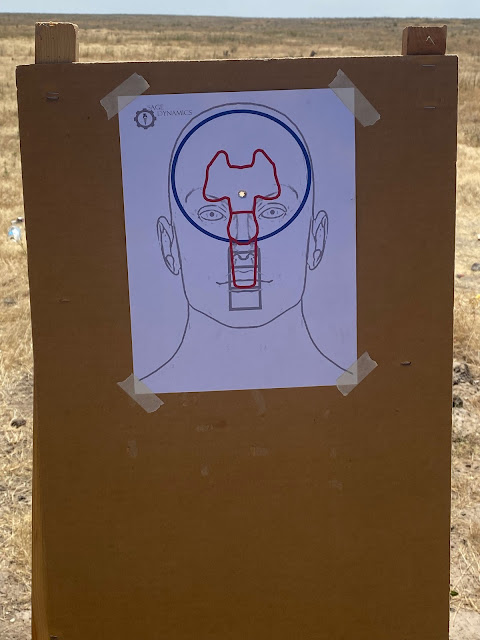In the wake of the Michigan State University shooting, Joe Biden is renewing his calls to disarm law abiding citizens. The Detroit Free Press reports:
Biden renewed his demand, which he made part of his State of the Union address last week, that Congress enact "commonsense gun law reforms," including background checks on all gun sales, banning assault weapons and high-capacity magazines, closing certain loopholes in the background check system and requiring guns to be stored safely.
He also called on the U.S. House and Senate to make gun manufacturers financially liable if they "knowingly put weapons of war on our streets."
 |
| The original assault weapon (Source) |
Now I know that I've oversimplified the tactic of the assault and modern tactics would still use multiple soldiers to provide suppressive fire (although far fewer than would have been used if the same soldiers were using bolt action rifles or a semi-auto like the Garand), but the point is that there are characteristics that the military select-fire rifle has that make it an "assault rifle" that no semi-auto rifle possesses no matter the size of its magazine or how scary it looks.
This whole use of scare terms by politicians and gun grabbers is disgusting, of course, because it is intended to mislead and obscure the issues. As I've said before, Leftists were liars from the beginning, and the use of terms like "assault weapons" to describe semi-automatic weapons is part of their reflexive need to lie. "Weapons of war" is even a more nebulous (and easily twisted) term since everything from swords, spears, muskets, lever action rifles, revolvers, and more, have been used as weapons of war and issued by militaries.
Moreover, in United States v. Miller, 307 U.S. 174, 59 S. Ct. 816, 83 L. Ed. 1206 (1939), the issue of whether possession of a firearm was protected under the Second Amendment turned on whether it was a weapon of war, with the protection extending to a weapon suitable for military service. In that case, which involved whether the NFA violated the Second Amendment by taxing short barreled shotguns, the Court decided such weapons were not protected because they were not a weapon of war. Specifically, the Court wrote: "In the absence of any evidence tending to show that possession or use of a ‘shotgun having a barrel of less than eighteen inches in length’ at this time has some reasonable relationship to the preservation or efficiency of a well regulated militia, we cannot say that the Second Amendment guarantees the right to keep and bear such an instrument." Id., 307 U.S. at 178, 59 S. Ct. at 818. There is only a single court--a district court in Colorado--which has suggested that the Miller decision has been abrogated by subsequent Supreme Court decisions. See, Colorado Outfitters Ass'n v. Hickenlooper, 24 F. Supp. 3d 1050, 1064 (D. Colo. 2014), vacated and remanded, 823 F.3d 537 (10th Cir. 2016). But it doesn't necessarily follow from Heller and subsequent cases that Miller is no longer valid, and certainly the Supreme Court hasn't indicated as such. Thus, a weapon's suitability for use in war should be, if not a determinative factor, at least be a supporting factor to it being protected under the Second Amendment.
The takeaway from all this should be that, as always, the Left is lying to you about firearms and crime, which should make you take pause to consider why they lie so much and so often about those subjects.

No comments:
Post a Comment